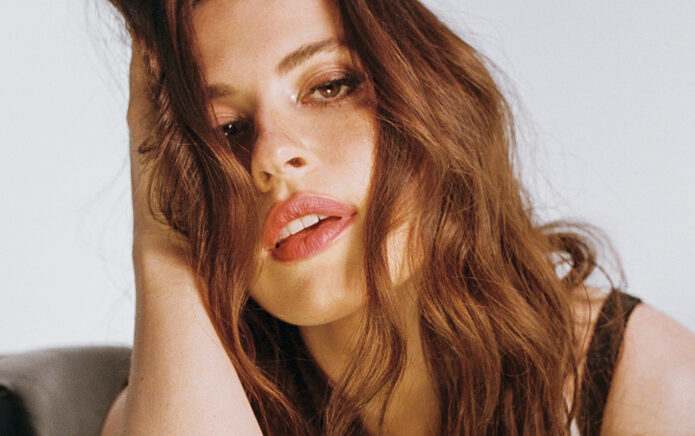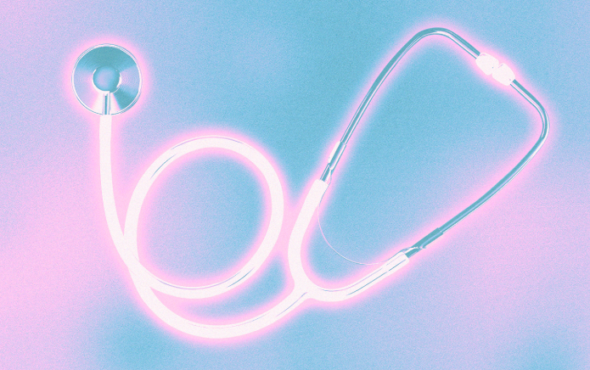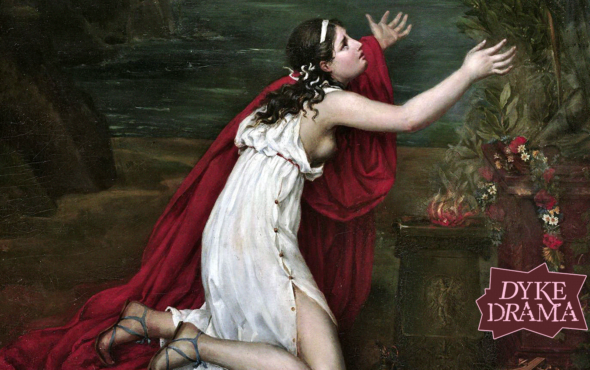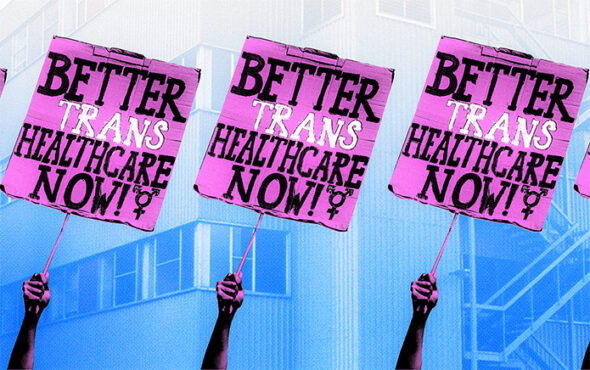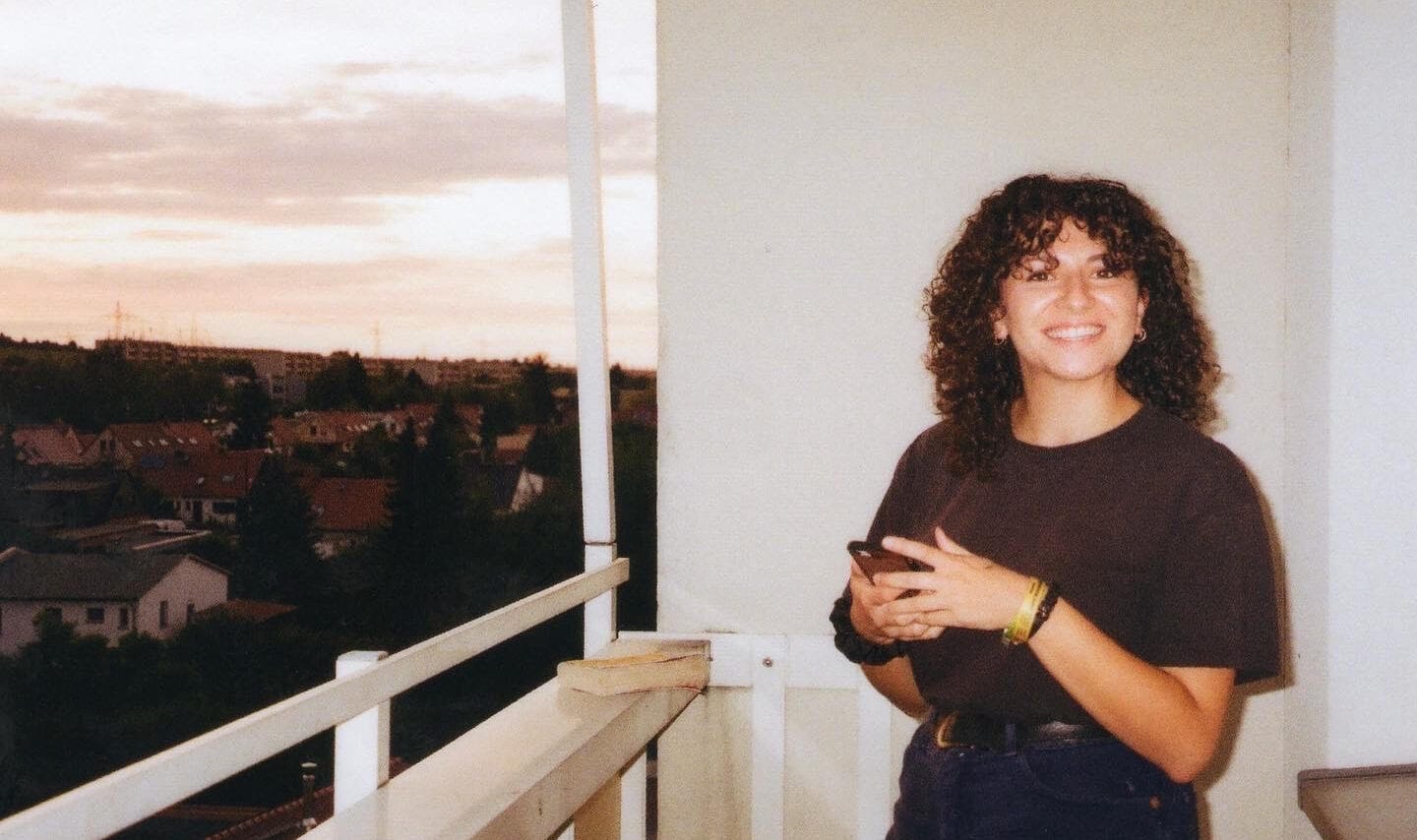
Gay woman. Homosexual woman. LGBTQ+. A WLW. I found a hundred different ways to avoid saying I’m a lesbian for 22 years. As a woman who has long been confident in her sexual identity, why has it taken me so long to say the L word?
As a teenager growing up, few of my peers were out and of those that were, none were women. The consensus amongst my classmates was that gay and a man was okay (according to 90s movies, all girls needed a gay best friend) but being a lesbian was just a bit ‘gross’.
In school, diversity seemed to be less of a fundamental pillar to becoming a young adult and more a topic to be crossed off in a single PSHE lesson. The relegation of LGBTQ+ life, culture, history and health to a one-off lesson in year 9 hardly made for an informed cohort of young people with the confidence to fully be themselves.
I was left entirely reliant on my family and on the media for representations of LGBTQ+ people. Too many representations of what a lesbian is are determined by those outside the community.
I found a hundred different ways to avoid saying I’m a lesbian for 22 years.
The little lesbian representation I saw was skewed heavily by a straight, cisgender, white, male gaze. My understand of what a lesbian is could be split into two categories: lesbians that men deemed attractive and butch lesbians that the media deemed ‘aggressive’.
The first usually had pink acrylic nails, long flowing hair and were oversexualised by the media. They were also presented as needing to meet the ‘right’ guy and ‘become’ straight. Bi-erasure and stereotyping all in one – not so great.
Type II lesbians were presented as the ‘real’ ones. They were butch and awesome but the media deemed their love of short hair, DIY and Birkenstocks as aggressive, anti-men and as such, undesirable.
As a teenager, I had girl crushes but I knew I wasn’t type I or type II. I knew it was fine if people were; I was passionate about LGBTQ+ rights and knew queer women were valid regardless of their expression. I just couldn’t accept that I was one of them.
There was a chasm between my understanding and empathy for other people and my ability to self-identify as LGBTQ+. I was left with two options if I was going to keep fancying women: either I had to start looking for better representation or resign myself to a lonely, romance-less life as I would never fit into one two narrow stereotypes.
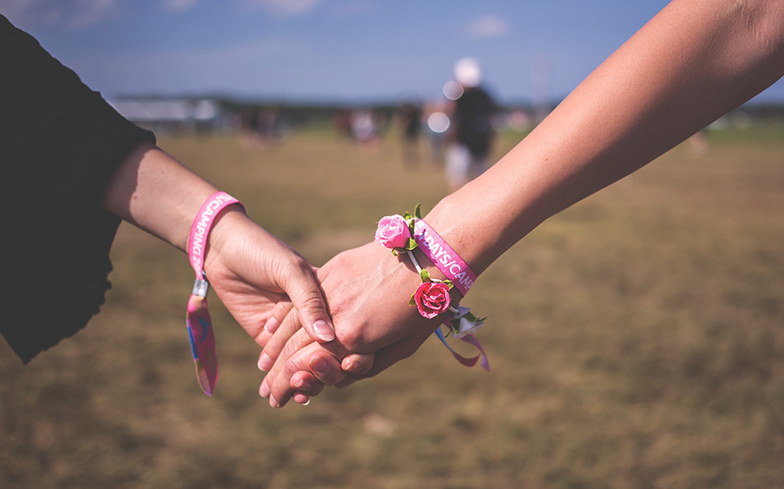
I searched everywhere for better representation. Online resources, LGBTQ+ focused media and slowly increasing numbers of LGBTQ+ celebrities in TV and film helped to break down some of these stereotypes.
I began to see how my own understanding of my sexuality had become limited by my internal bias and finally began to accept myself as a member of the LGBTQ+ community.
By the age of 19 I had come out to most people in my life but skirted around the subject of labels. I was exclusively dating women but when pushed, I clung to the word bisexual despite it not feeling quite true for me.
Of course I knew and am still certain that being a bisexual woman is totally valid, but while I continued using the word, my attraction to boys felt like something that was expected of me not something that was authentic.
Things started to change for me in my first long-term relationship with a woman. In becoming more comfortable with that relationship, I questioned whether my attraction to men was genuine or a default position I had assumed. Eventually, identifying as bisexual didn’t seem to fit for me anymore.
I began to see how my own understanding of my sexuality had become limited by my internal bias and finally began to accept myself as a member of the LGBTQ+ community.
The first letter of the LGBTQ+ acronym seems like a glaringly obvious fit now but despite being comfortable in openly dating only women, “lesbian” still felt like a big word and an aggressive one. I had internalised the “aggressive” media stereotypes and so began instead to describe myself as a gay woman.
In 2017 I began volunteering with the LGBT+ young people’s charity, Just Like Us. In order to go into schools and speak about my life as an LGBTQ+ person, I needed to confront the language I used to describe myself.
At the same time, the charity’s network of ambassadors from all parts of the LGBTQ+ community allowed me to meet, discuss and learn from other LGBTQ+ youth.
I saw, for the first time, other women my age who identified as lesbian. I saw their unashamed pride as they declared themselves lesbians. And these women weren’t aggressive, anti-men or undesirable of course – they were amazing.
The diversity amongst Just Like Us’ growing team of ambassadors is incredible. Interacting with such a great group of people from across the LGBTQ+ spectrum and from a range of backgrounds, ethnicities and more allowed me to translate what I was telling kids in schools: “anybody can be LGBTQ+” and actually apply it to myself.
I am a lesbian. There. I said it.
